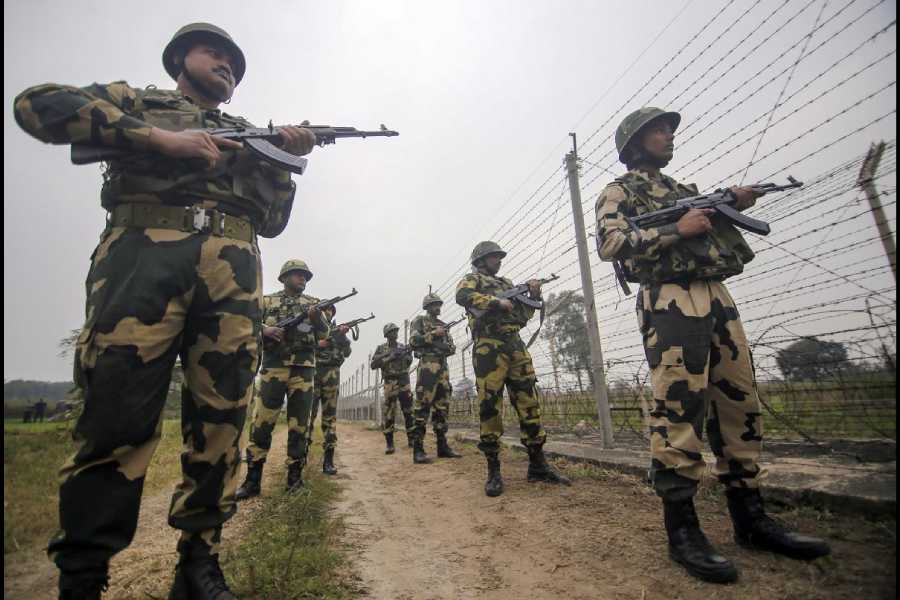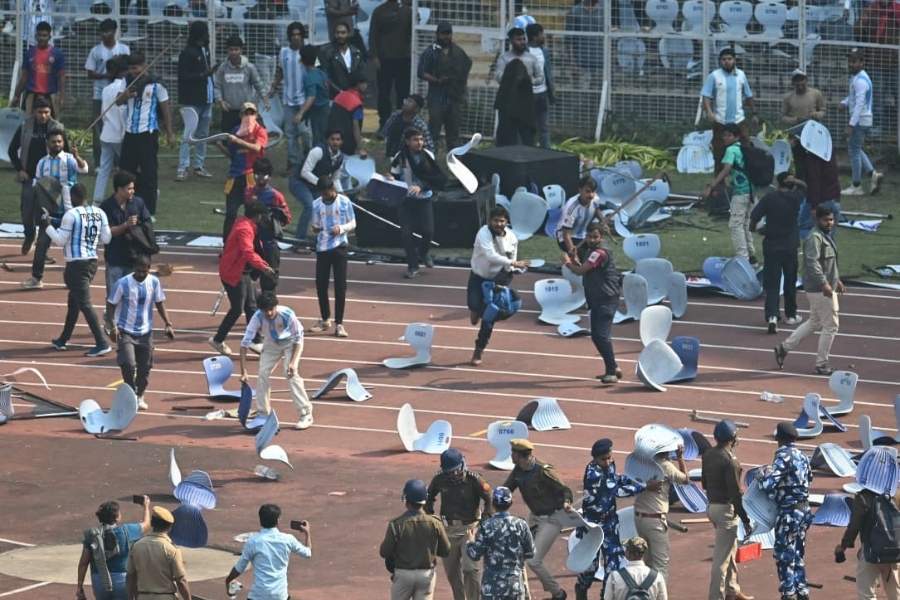The Pahalgam terror attack raises several introspective questions. Either an attack of this magnitude went under-assessed by the intelligence agencies or the security forces might have let their guard down in the absence of any credible inputs. Whatever might be the causal factors, the fact that such an attack could take place indicates that a reset in India’s counter-terrorism strategy is necessary and effort is warranted in this direction. The question then is how does India deny any operating space to Pakistan-backed outfits and secures its populace and infrastructure against such wanton acts of terror?
There is no doubt that Pahalgam was a major intelligence failure. With our public discourse on Pakistan forever waning between two extremes, of either ignoring the Pakistani State or castigating it at every given opportunity, it is possible that this might have coloured our ability to rationally assess Pakistan’s motives and ability to harm the Indian State. This is the time to correct these lapses in earnest. For India’s intelligence agencies, this would entail analysing the nature and the character of intelligence failure.
A few aspects are pertinent. First, intelligence gathering is an interplay between humans and technology. A mastery over blending technology with human skillsets has to be at the heart of intelligence operations. There will be secrets that only humans can gather, and there are intelligence operations that only humans can conduct. Advances in technology cannot replace human intelligence; at best, they can only revolutionise spycraft. Mammoth volumes of digitally-generated information can sometimes be overwhelming; the incorporation of a local view would enable intelligence agencies to make the best judgements on the basis of this information.
India’s intelligence conundrum is partly rooted in its intelligence priorities and preferences. Human intelligence is ceding space to technical intelligence, which, while important, cannot become the gold standard for counter-insurgency operations. Too much reliance on tech-intelligence can make security forces foot-shy. Tech-intelligence also tends to throw up false leads, making security forces wary of their veracity. Besides, tech-intelligence also tends to disincentivise security forces to labour on intrinsic efforts to build local intelligence. These dichotomies can complicate operations at the tactical level.
We might have to transform our ways of exploiting tech-intelligence so that it empowers the local units and enhances their confidence in the reliability of tech inputs. This would entail equipping the front-line units with tools and tradecraft that are otherwise perceived to be the prerogative of higher headquarters. Tech-intelligence specialists will have to be embedded in field units. Modern-day intelligence practices have to be far more collaborative rather than remain exclusive to individual turf and salience.
The Pahalgam attack also raises issues of operational efficacy. Despite India having bolstered its troop presence in Kashmir in the last two years, there has been a marked increase in terrorist strikes. The sheer brazenness of the Pahalgam attack simply went under-assessed by the security forces. Buoyed by the boost in economic activity and in tourism, it is possible that the local troops might have let their guard down. Sometimes, political or economic positives can make militaries draw false conclusions. This can lead to two inferences: there has either been a gradual drying up of intelligence inputs or the security forces might have become complacent in the absence of credible inputs.
It is also important to understand that festering militancies seldom die; they tend to mutate over time. Even when they seem to be on a terminal decline, they can show up in weird and ghastly ways. The Pahalgam attack reflects this inexplicable nature of militancy in Jammu and Kashmir. For practitioners, it is important to recognise that the levels of violence and virulence are two contradictory facets of any insurgency. Levels of terrorist violence being overtly visible make it easier for the security forces to act. On the contrary, its virulence is difficult to tackle as the intent and the ability of terror outfits remain hidden and couched in the local populace and its societal behaviour. Militaries find it difficult to deal with virulent insurgencies; that seems to be the case in Kashmir now.
Festering militancies are also known to demonstrate shifting geographical pathologies, which are difficult for the security forces to comprehend. Periodic shifts in levels of violence from north to south Kashmir, or to Poonch, Rajouri and Akhnoor districts, and on to areas further to the south in Jammu and Udhampur districts have been frequent and cyclical. The Pir Panjal region, which was considered militancy-free till a few years ago, has lately witnessed over a dozen major attacks. These geographical shifts in levels of terrorist violence require a better explanation as incorrect understanding of the security situation can lead to complacency among the security forces.
A few correctives might make sense post the Pahalgam terror attack. First, robust area domination is the key to effective counter-militancy operations. However, in this age of technology, there is a tendency to rely on drones and imagery for surveillance. In the process, physical domination by deploying patrols and temporary outposts takes a back foot. Had there been a presence of even a small detachment of troops at Pahalgam, this attack might have never happened. To that extent, the Pahalgam terror attack was a major security lapse.
Second, a structural reset of security forces might be necessary in J&K. For instance, the Rashtriya Rifles, which is the principal counter-terrorism force in J&K, has increasingly become predictable in its role and actions. The Rashtriya Rifles has also overburdened itself with non-essential roles and tasks. Besides, the overuse of Special Forces has pushed these units into the background in terms of their pecking order, planning and operational visibility. The cases of the Jammu & Kashmir Police and the Central Reserve Police Force are no different. These resident forces have to regain their salience and assume their roles with greater vigour and clarity. This might require trimming the Rashtriya Rifles into a more useable force, equipped with skillsets and technology that bring them on a par with the Special Forces and even considering a permanent cadre of officers to enhance its functional role and operational efficacy.
Within a month after Operation Sindoor, the Pakistani military has avowed its support to the Kashmir cause, thereby signalling that Pakistan will never give up its aspirations in J&K. Pakistan would have also drawn fresh lessons to evolve new methods and strategy to operate in J&K to counter Indian capabilities and reactions. Pakistani operations are likely to focus more on the radicalisation of the local population and use it to create a hostile environment for the security forces.
Suffice to say that India’s retaliatory strikes in May might have assuaged the domestic outrage but they will not deter the Pakistani Establishment from supporting future terrorist attacks. We can comprehensively checkmate Pakistan’s intentions, motives and ability to meddle with the Indian State only if India’s policy-makers and practitioners constantly endeavour to generate superior levels of intelligence and operational dominance. A deep sense of insecurity in the minds of terrorist outfits and overground workers needs to be created by the security forces and the intelligence agencies, as was achieved two decades back, albeit with new methods and technology.
Lieutenant General Harinder Singh (Retired) served as the Director General Military Intelligence and commanded a Rashtriya Rifles battalion during peak militancy years in Jammu and Kashmir











